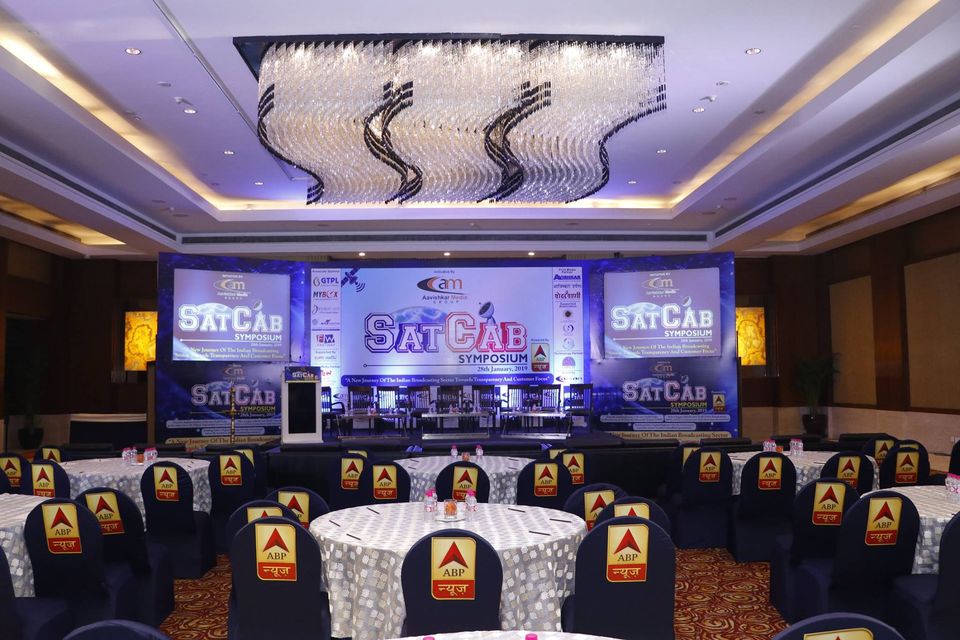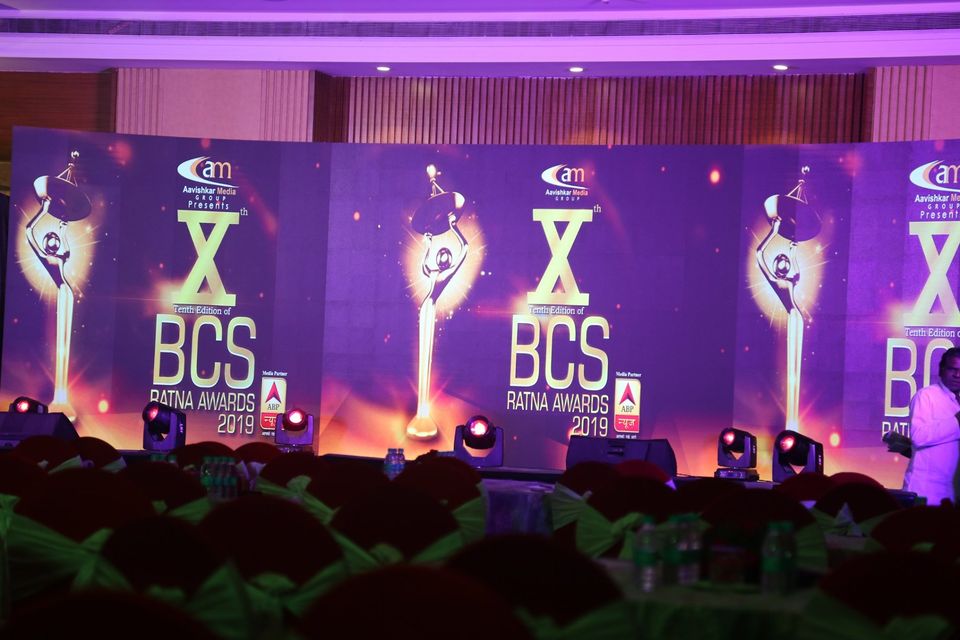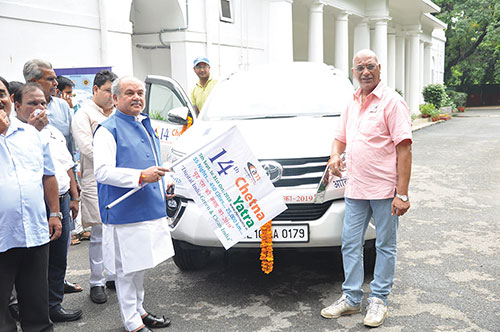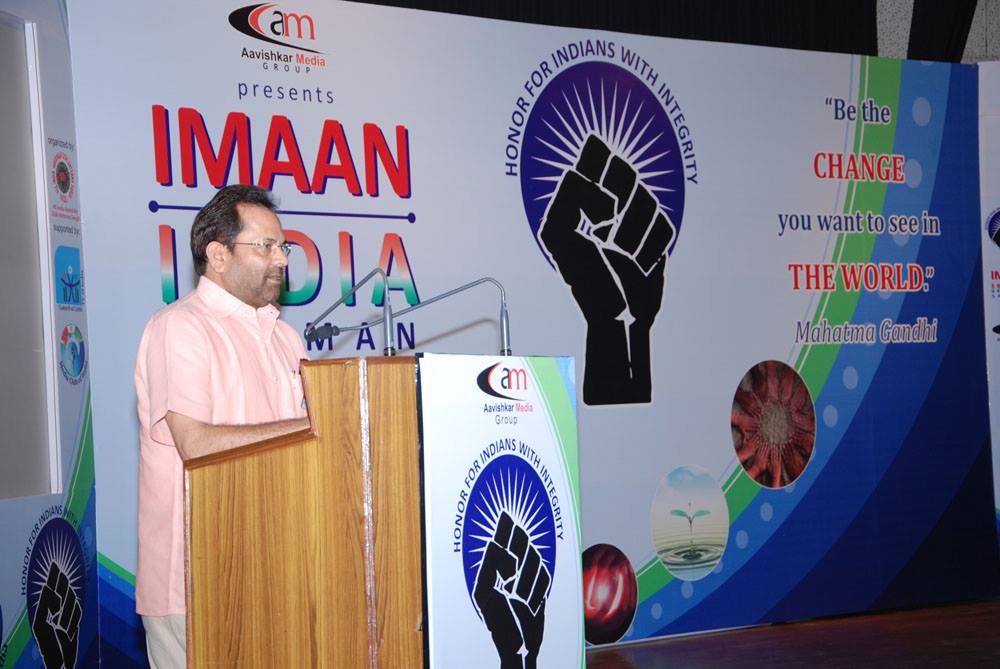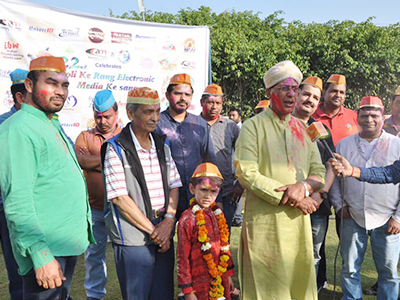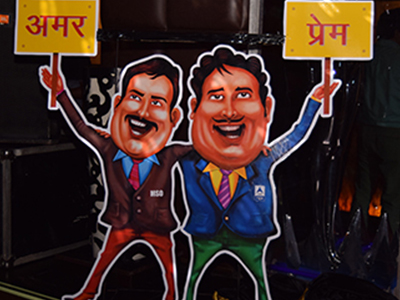The linear channels broadcast in India are watched on TV via cable and DTH and, with the growth of internet access, on mobile devices. Efforts are now on to see if the TV channels can be delivered directly to the mobile handsets without the use of the cellular networks through a mechanism that’s popularly known as direct to mobile broadcast or D2M.
However embracing a new tech just for the sake of adopting something seemingly new can have its own pitfalls. D2M service is one such technology. First question that comes to mind is: why is this being explored when DTH, cable TV services and OTT applications are already delivering content to the viewers?
The need, one guesses, was prompted by the market that has one billion smartphones and is growing fast. The logic being given is that it will take the load off the cellular networks. Now, this explanation seems debatable as there will still be a universe of nearly one billion devices, which cannot be ignored.
The terrestrial broadcast as we know with an antenna on the rooftop was the mainstay for Doordarshan and it used radio spectrum in the range of 400 Mhz to 700 Mhz . The spectrum in the range of 700 Mhz has been already allocated to the IMT services and now there are discussions to explore allocating spectrum to IMT. I will come to the importance of this in subsequent paragraphs.
DD has been doing some trial with IIT Kanpur and a chipmaker whose interest is to get the chip in mobile handsets for the D2M technology, known as ATSC 3.0, to run successfully.
D2M is being pushed as if it will end the distribution woes for DD and consumers will be able to watch the terrestrial services on their mobile handsets. DD has not yet built a business case on the technology, which is used in limited markets in countries such as the US, South Korea, Mexico and a few African nations. Even in these markets the technology has not been a roaring success or deployed widely.
Few issues that DD needs to answer, if it is seriously considering D2M route, are the following:
# How will the services be received? At present there are no smartphones with ATSC 3.0 capabilities embedded in them. So, proliferation of the new smartphones will take years to reach a critical threshold.
# What is the cost of building the network for ATSC 3.0 transmissions? DD has already shut its analogue services as there were hardly any takers for them and moved on to digital mode of delivery.
# The proposed frequency band of 526-582 Mhz is being looked at by the IMT also. So, will DD be able to survive that pressure?
# Last, but not the least important, question is: what will be the impact of the technology on the battery life of the mobile handsets as the D2M service too will consume power — and quite a sizable amount.
It is important to note that this is not the first time that DD is dabbling with such experiments at a significant cost. Earlier efforts on the DVB H technology failed miserably. Considerable efforts and costs went in to DVB T2 networks, which also were shelved. Now, this less tried route of D2M via ATSC may be a source of another drain on DD’s already stretched finances.
The TV industry is growing admittedly in India, but the telecom sector is growing faster. Broadcasters need to get certain things clear and that should not be to continue restrict themselves to try reach the consumer directly where the consumer will have to buy a new device. The effort should be to ride on the already available highway and the end device already widely available (smartphone).
The need is that DD should look at alternative routes and technologies before jumping onto the D2M bandwagon and indirectly trying to force the government’s hand in mandating a policy that may not be good as it has limited ecosystem and business economics.
ATSC was never meant for mobile technology. And, to make ATSC3.0 suitable for the D2M application, the changes that’d be required in the mobile phones and networks would take years to build. In sharp contrast, for example, alternative standards like 3GPP have considered terrestrial broadcast services as part of its applications.
On the consumer-premises equipment, though D2M is being proposed as a technology for the mobile reception, in markets like the US it is being used for terrestrial broadcast more than for mobile reception.
Instead of rushing into a new technology without properly studying the outcomes could spell trouble later. It would be advisable if MIB, DD, regulator TRAI and government tech body TEC do a deep dive into D2M and look at the overall long term impact of the technology being selected as it has the potential of upsetting the business applecart as also make the consumers unhappy.
(Rajiv Khattar, the author, is a media industry veteran and a consultant, specializing in tech and satellite matters. His last assignment was as the South Asia head for a global satellite company, ABS. Before that, he spent almost two decades with the Zee group in various leadership positions in Siti Cable [now Siti Networks] and Dish TV. In between, for a short while he also did a stint at Reliance Industries’ media unit. The views expressed are those of the author and Indianbroadcastingworld.com is not responsible for them, nor necessarily subscribes to them.)
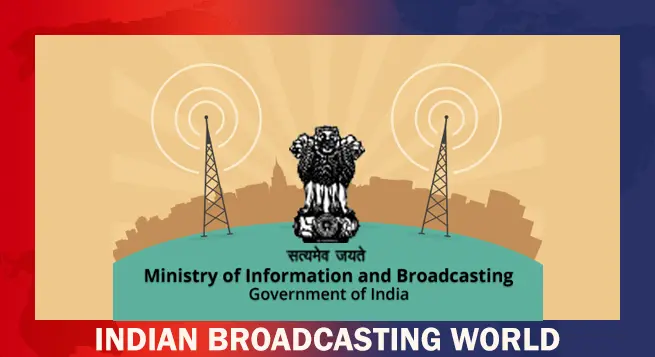 New draft of B’cast Bill proposes to regulate news influencers
New draft of B’cast Bill proposes to regulate news influencers 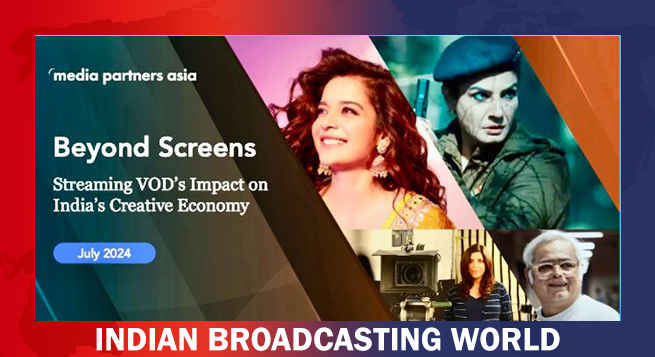 Premium online video to fuel 50% new revenue growth in India: MPA report
Premium online video to fuel 50% new revenue growth in India: MPA report  Top performer India’s 2024-29 ad revenue to grow@9.0%: MPA
Top performer India’s 2024-29 ad revenue to grow@9.0%: MPA 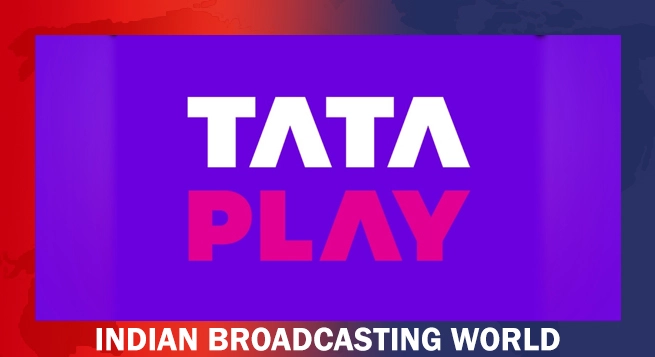 Tata Play’s revenue dips 4.3% to Rs 4,304.6 cr in FY24
Tata Play’s revenue dips 4.3% to Rs 4,304.6 cr in FY24  General Anil Chauhan joins News9 to honour 25 years of Kargil victory
General Anil Chauhan joins News9 to honour 25 years of Kargil victory 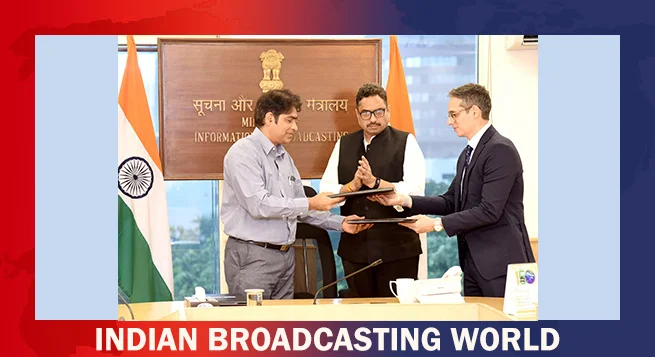 NFDC, Netflix partner to upskill voice-over artists in India
NFDC, Netflix partner to upskill voice-over artists in India 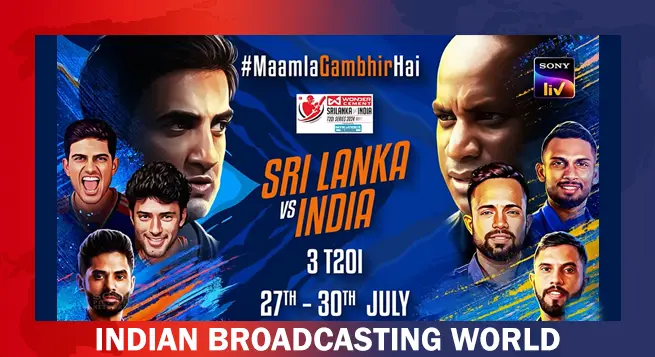 Sony LIV launches #MaamlaGambhirHai campaign
Sony LIV launches #MaamlaGambhirHai campaign 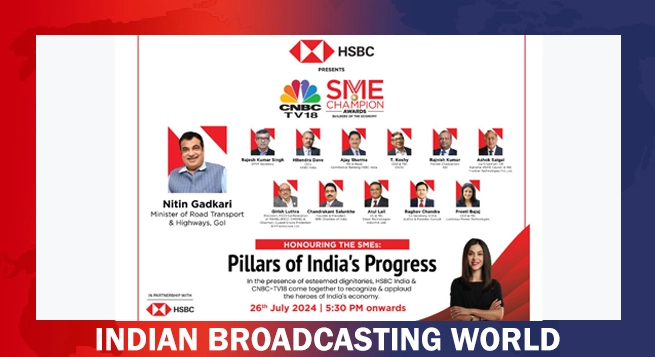 CNBC-TV18, HSBC India honor SMEs with Champion Awards
CNBC-TV18, HSBC India honor SMEs with Champion Awards 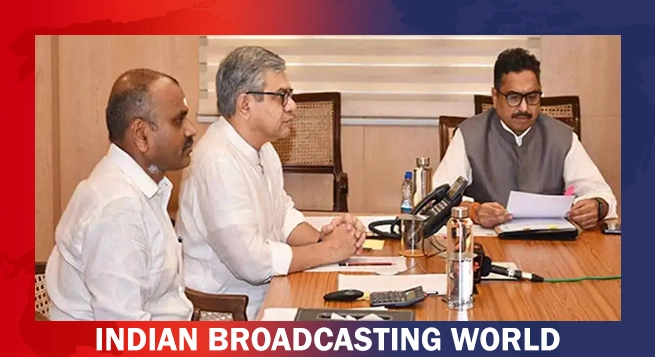 Ashwini Vaishnaw inaugurates ‘Apna Radio 90.0 FM’ at IIMC Aizawl
Ashwini Vaishnaw inaugurates ‘Apna Radio 90.0 FM’ at IIMC Aizawl  ‘Sam Bahadur’ to premiere on Zee Cinema on July 28
‘Sam Bahadur’ to premiere on Zee Cinema on July 28 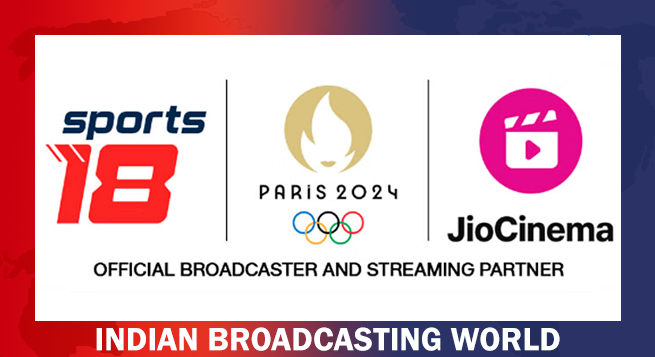 Viacom18 announces exclusive coverage of Olympic Games opening ceremony
Viacom18 announces exclusive coverage of Olympic Games opening ceremony 



